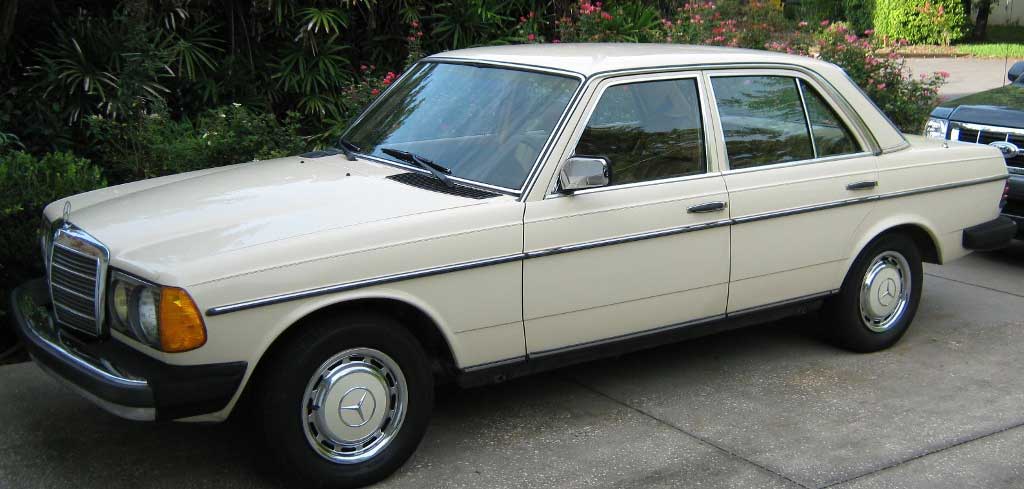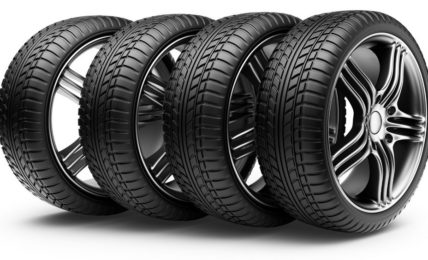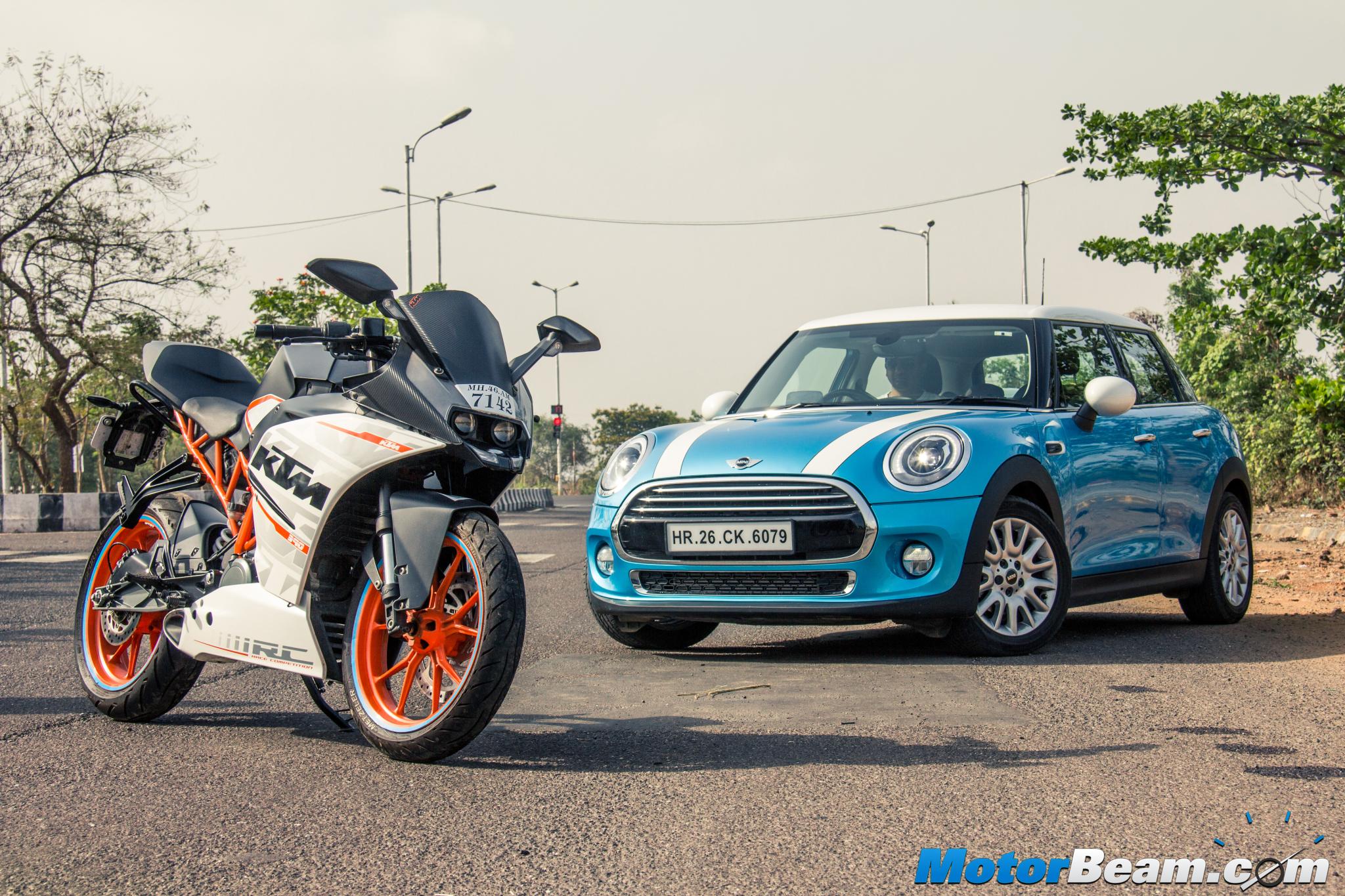It is absolutely essential that you treat your car with love and care for the running period to get the best life and performance out of the vehicle. Even though modern technology has skimmed the running in process, there are some fundamentals that you need to follow that are recommended by every manufacturer for the vehicle.
Your car is brand new and so are its parts. The parts need an adjustment period to settle and work effectively and offer complete performance. The careful you are during the run in period, the better your car will be adjusted to the ideal operating conditions. From the engine, brakes, transmission, tyres all parts need to go through the ideal run in period to operate effectively. Consider this as your car’s probation period.
1. Ideal Run In Period
The run in period varies from manufacturer to manufacturer. While some say the ideal period is 1000 kms, others claim the run in period should extend up to 2500 kms. It is better if you run in on your car for at least 2500 kms and let all the parts settle and start working under ideal operating conditions. Also you are being more careful with your car that way and shouldn’t. Once past the 2500 kms mark, rev up the engine and gallop all the horses.
2. Be Gentle
The idea of a run in is to make sure you don’t put unnecessary strain on the engine. Keep your revs low for the engine to run smoothly. For petrol cars, the ideal RPM rev range is to be within 2500 until the first service that will happen at 1000 kms. You can then start to gradually increase the revs up to 3000 – 3500 RPM during the run in period.
For those owning a diesel, the RPM range should be anywhere between 2000 – 2500 until 1500 kms for best performance. You can then gradually increase the rev up to 3000 RPM until the run in period is complete. In most diesels, the torque kicks in at 2000 RPM, so there shouldn’t be much loss of power there.
Be gentle on the throttle, avoid revving up unnecessarily, you will be wasting fuel and engine life that way. It is always recommended that you start the engine and allow it warm up before starting your journey.
3. Drive In Different Conditions
Avoid prolonged operation at constant speed. Moving parts will settle in better if you vary your speed. The idea of a run in is to expose your car to different to put your engine through a wide RPM range. Avoid long trips or bumper to bumper traffic as much as possible. Also change the gears at the recommended shift speed given in your manual. Do not drive slowly with the transmission in a high gear.
4. Do Not Exceed 100km/hr
Recommended by almost every manufacturer, avoid hitting the 100km/hr mark for the first few hundred kilometres. You will be revving up your engine and shifting to higher gears, and will also have to brake harder. It is recommended that you avoid hard braking for at least 300 kms on your car. Start slowly and gradually build up your speed.
5. Synthetic Oil Is A Big No
Irrespective of your intentions to use synthetic oil for your car or not in the long term, do not use synthetic oil during the run in period of the car. Synthetic oil has higher lubricating properties that will only slow down the run in process for you. It is best that you stick to regular mineral oil or the manufacturer recommended grade oil. You can upgrade to synthetics after the second service at about 5000 kms.
6. 1st Service At 1000 Kms
You need to get your car serviced after completing the 1000 kms on your car. This is obviously a free service and the service station will change the oil, look for performance issues. If you have been facing any problems with the car like sounds or rattling, this is the time to get them fixed.
7. Apply Wax On The Car
It was earlier considered to not paint your car to let the new paint settle in, however modern cars are painted by automated robot hands and will settle in before it leaves the factory. Apply a good quote of wax to protect the paint of your car from water, pollutants, bird droppings and much more.
Remember –
1. Make sure you drive carefully and gently for the first few weeks. Your love and care today will nurture the car in the long haul.
2. Also you might receive a lower fuel economy than expected, but that should change after the first service.
3. Refer to your manual to know the ideal speed for shifting gears. Do not rev too hard
4. Use a car cover to protect your car from external elements and envy.
5. Clean your interiors mildly, avoid using any kind of products for the first few weeks. Make sure you remove the dust from the carpets.
6. Check all fluid levels on a weekly basis. For the few hundred kilometres, the oil consumption would be high, but should reduce after the correct run in.
Your care for today will reap in tomorrow, when your car maximizes on performance and fuel economy. Congratulations on the new car. Happy driving and do share your ownership experience with us.






